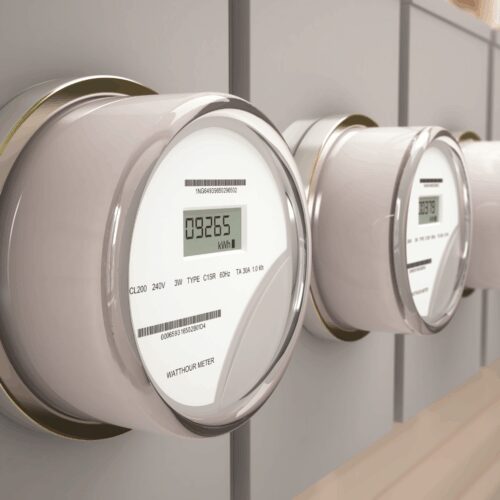Why Rates are Critical to Energy Affordability and the Revolution We Need


Sign up for our magazine
The premier outlet for compelling storytelling around the innovators and innovations driving the clean energy transition.
The Looming Revolution: Affordability as a Strategic Imperative
This week at the EEI National Key Accounts Workshop in Birmingham, Alabama, Southern Company CEO Chris Womack delivered a stark warning to the industry: “If we don’t get affordability right, there will be a revolution.”
He is absolutely right. The rising cost of electricity, fueled by surging demand from electrification, EVs, and new data centers, coupled with an aging grid, is pushing millions of Americans to a breaking point. This isn’t just an annoyance; it’s becoming an affordability crisis. In 2023, studies showed that one in every seven households has an average energy burden of 14%, signaling energy poverty.
The choice is clear: face the potential revolution Womack warns of, or proactively execute the Rates Revolution to unlock grid efficiency, drive down costs, and ensure equity.
Rates as the Ultimate Non-Wires Alternative
The only way to sustainably manage costs and avoid a crisis is to bend the cost curve down.
The fastest, most cost-effective way to achieve this is through strategic non-wires alternatives, specifically rate design. The grid’s peak demand is the single costliest element to serve, requiring the most expensive and highest-emitting generation resources. Well-designed time-varying rates (like TOU, DR, CPP, and VPP) create the necessary incentives for customers to shift their usage, which directly avoids what would have been much higher costs from system peaks. More generation resources and increased transmission are definitely needed. However, by enhancing load flexibility and reducing peak demand, we can maximize the efficiency of our current grid, now.
The math is simple: successful rates and programs flatten the demand curve, reduce capital expenditure needs, and put downward pressure on future rate increases. This is a critical tool utilities can use to proactively address the affordability crisis.
Fairness and Inclusivity
Rate design must be fair and accessible. True progress requires addressing the distinct challenges faced by low-income households. Rate structures need to be precise, dynamic, and easy for customers to understand.
Rate designs should be specific to unique customer needs. California utilities, for example, are managing complex discount programs like California Alternate Rates for Energy (CARE) and Family Electric Rate Assistance (FERA) and are in the process of updating the programs based on a recent California Public Utilities Commission (CPUC) decision. These changes to customers’ fixed charges will help lower electricity costs for all customers while providing a simpler discount mechanism for CARE and FERA customers. GridX is supporting these efforts with the analysis and customer education of these changes.
Beyond rate design, customers should be given the power to proactively lower their bills. This means providing simple, personalized tools to evaluate the impact of shifting load or adopting new technologies like batteries and heat pumps. When customers feel in control, satisfaction and program participation soar.
To me, one of the most impressive approaches to low income support in play right now is Duke Energy’s Improve and Save program. It offers a strong model for low-income support by financing home improvements like HVAC upgrades, insulation and weatherization through on-bill financing. This helps overcome the high initial cost of efficient solutions such as heat pumps, making them accessible to energy-burdened households. Program documentation shows that energy savings often surpass payment amounts, leading to lower utility bills. Additionally, the program benefits the grid by reducing peak demand and enhancing stability.
From Policy to Power
The biggest obstacle to the Rates Revolution is not a lack of vision; it’s a lack of speed. The traditional, slow, reactive rate-making process is fundamentally incapable of meeting the dynamic demands of the energy transition. Static processes, cumbersome spreadsheets, and legacy billing systems have turned rate implementation into a multi-year project, not a strategic lever.
This is why we consider Speed to be the critical 9th principle of rate design, it is the urgent necessity to keep pace with the grid’s changes and meet the massive opportunity data centers, EVs and electrification are bringing to this industry.
The GridX platform closes the technological gap by integrating interval data, economic modeling, customer experience, and billing execution into a single, agile process. By transforming rate design and implementation into an end-to-end strategic lever, GridX empowers utilities to achieve their policy, operational, and equity goals, ultimately accelerating the Rates Revolution and bending the long-term cost curve.
We believe the industry cannot afford to wait. Activating the power within your rates proactively addresses the affordability crisis and leads to the essential transformation of the grid.
Read the full perspective on activating the power within your rates and programs in Bending the Cost Curve.





